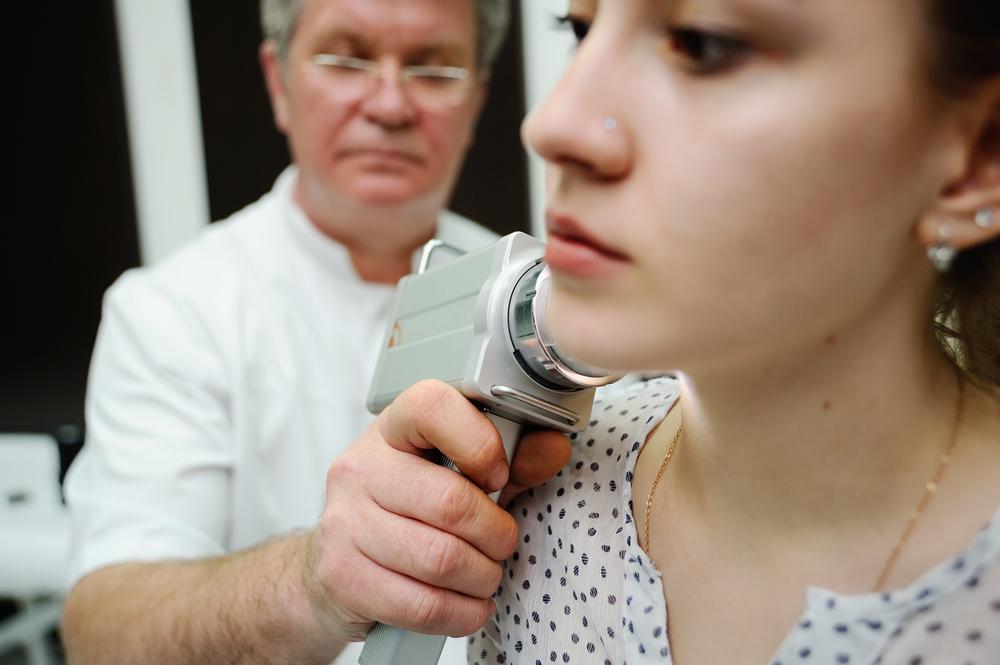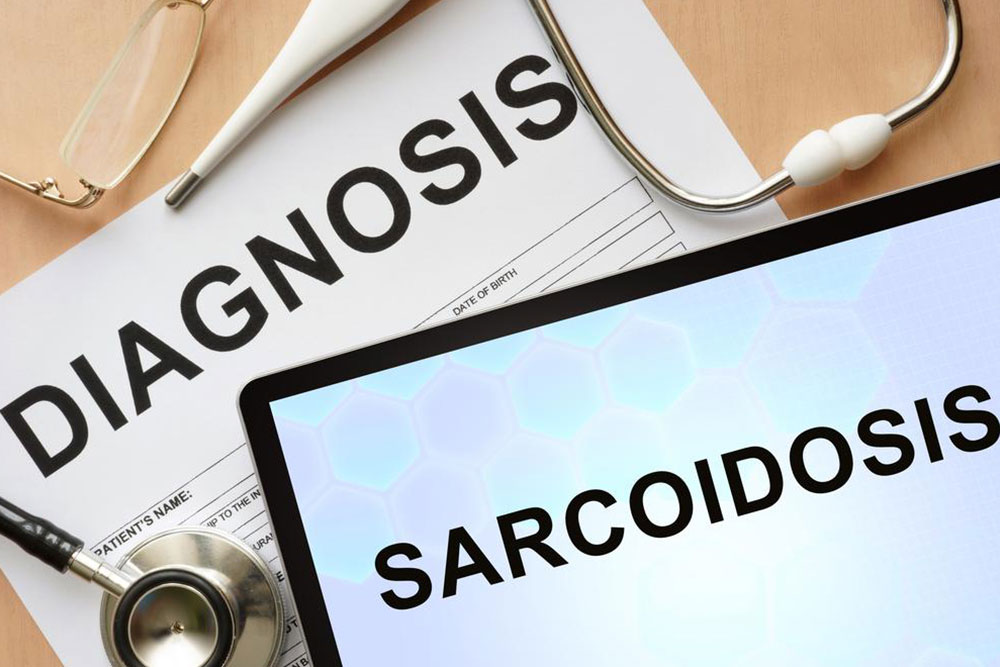Comprehensive Guide to Recognizing and Understanding Sarcoidosis Symptoms
This article provides a detailed overview of sarcoidosis, highlighting its causes, common symptoms across different organs, and the importance of early diagnosis. It emphasizes lifestyle changes to manage and prevent worsening of the disease, offering valuable insights for those affected or at risk.
Sponsored

Sarcoidosis is a chronic inflammatory disease characterized by the formation of granulomas in various tissues and organs. It most commonly affects the lungs, accounting for about 90% of cases, but can also impact the skin, lymph nodes, eyes, and other organs. The condition arises when the immune system overreacts to bacteria, viruses, dust, or chemicals in the environment, leading to persistent inflammation that results in granuloma formation. While not contagious, sarcoidosis can develop insidiously over years, presenting with symptoms such as unexplained weight loss, fatigue, fever, swollen lymph nodes, and skin lesions.
Symptoms vary depending on the affected organs. For example, lung involvement usually produces a dry cough, wheezing, shortness of breath, and occasional chest discomfort. Enlarged or tender lymph nodes are common in the neck, chest, armpits,, chin, and groin. Skin symptoms may include itchy, painless bumps, ulcers, or discolored patches, especially around the nose, eyes, and limbs. In the eyes, symptoms can include redness, sensitivity to light, dryness, vision changes, and discomfort. Early diagnosis and treatment are vital to managing symptoms and preventing complications. Patients are advised to avoid smoking and exposure to harmful chemicals to reduce risk factors.





